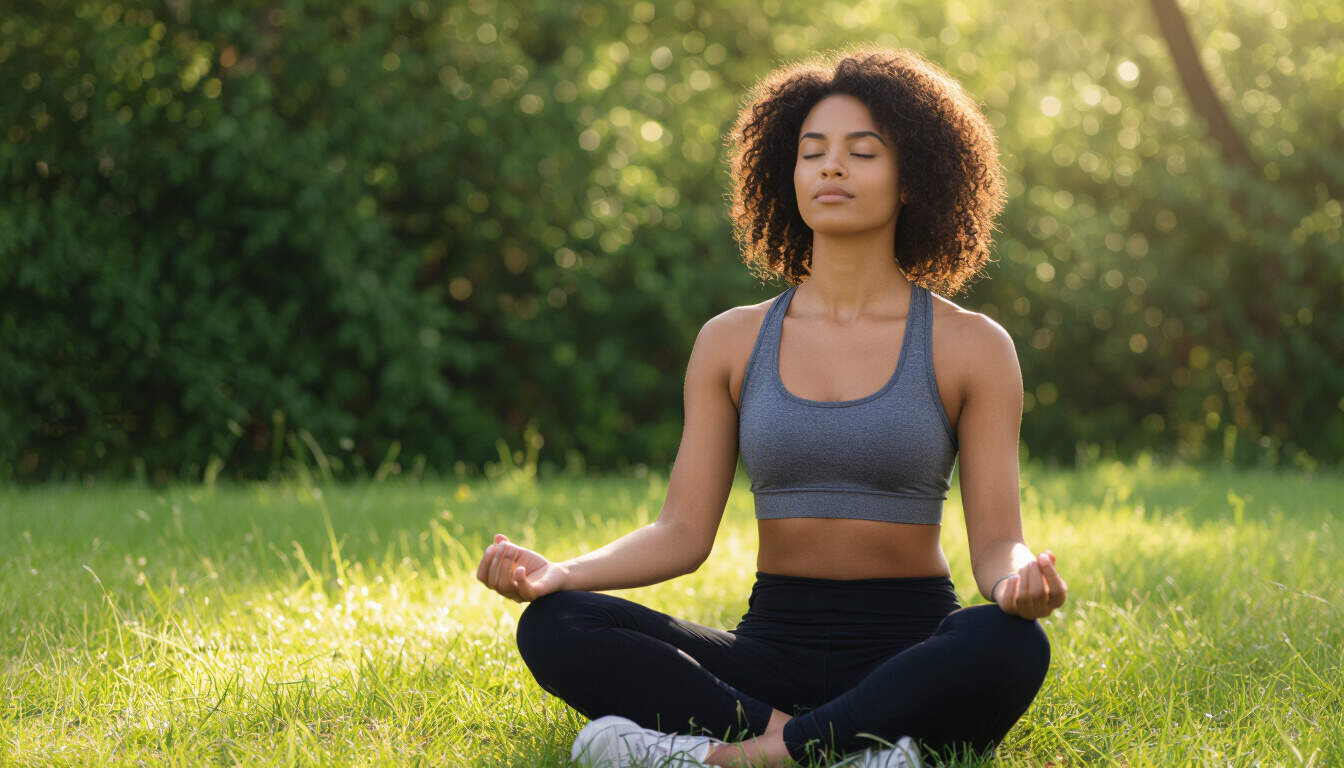Breathing Techniques to Boost Athletic Performance and Well-Being
 by Shanie Goodwin
by Shanie Goodwin
Explore how focused breathing can enhance an athlete's performance by improving mental clarity and reducing stress. This article covers practical techniques and their benefits for personal growth, making it accessible for anyone seeking better focus in daily life.

Many athletes seek ways to improve their performance beyond physical training. Breathing plays a key role in this process, offering a simple yet effective tool for achieving greater mental clarity. By incorporating specific breathing practices, individuals can experience enhanced focus during competitions.
The Basics of Breathing for Physical Activity
Breathing involves more than just inhaling and exhaling; it serves as a foundation for maintaining energy levels. For athletes, proper techniques can lead to better oxygen flow, which supports endurance. One common method is diaphragmatic breathing, where the focus is on deep breaths that engage the diaphragm. This approach helps in steadying the heart rate and promoting relaxation.
In sports, maintaining composure under pressure is essential. Mindfulness through breathing allows athletes to stay present and respond effectively to challenges. For instance, before a game, taking slow breaths can calm nerves and sharpen concentration.
Benefits for Mental Clarity and Focus
Athletes often face high levels of stress, which can affect decision-making. Regular breathing exercises contribute to clearer thoughts by reducing mental clutter. Studies show that consistent practice leads to improved cognitive function, making it easier to strategize during events.
Another advantage is the ability to manage fatigue. Through controlled breathing, athletes can conserve energy and recover faster between efforts. This technique not only boosts physical output but also fosters a sense of inner balance, aiding in long-term personal development.
Practical Breathing Methods to Try
There are several straightforward methods that athletes can adopt. The 4-7-8 technique, for example, involves inhaling for four counts, holding for seven, and exhaling for eight. This method is particularly useful for winding down after intense sessions and preparing for rest.
Box breathing is another option, where individuals breathe in, hold, exhale, and hold again for equal counts. It provides a rhythmic pattern that enhances stability and reduces anxiety. These practices are easy to integrate into daily routines, offering benefits for both training and everyday life.
For students or busy professionals involved in sports, starting with short sessions can make a difference. Setting aside a few minutes each day to practice ensures gradual improvement without overwhelming schedules.
Integrating Breathing into Training Regimens
To maximize results, athletes should combine breathing with their existing routines. During warm-ups, incorporating deep breaths can prepare the body and mind for peak performance. Over time, this integration leads to noticeable gains in stamina and resilience.
Personal development extends beyond the field; breathing techniques encourage self-awareness and emotional control. By prioritizing these habits, individuals build a stronger foundation for handling life's demands, whether in sports or other areas.
Real-Life Applications and Success Stories
Many successful athletes attribute part of their achievements to disciplined breathing. It serves as a quiet ally in high-stakes moments, helping to maintain poise and execute plans effectively. Through consistent use, these practices become second nature, supporting ongoing growth.
In team settings, group breathing exercises can foster unity and shared focus. This collective approach not only improves individual performance but also strengthens team dynamics, creating a positive environment for development.
Conclusion and Encouragement
Incorporating breathing into athletic routines offers a pathway to enhanced performance and well-being. By focusing on these techniques, athletes can achieve greater mental clarity and personal growth. The key is consistency and patience, allowing the benefits to unfold over time. Whether you are an aspiring athlete or someone seeking better focus, these methods provide valuable tools for a balanced life.
